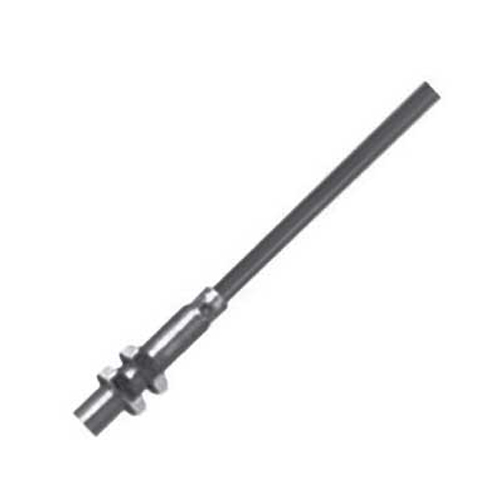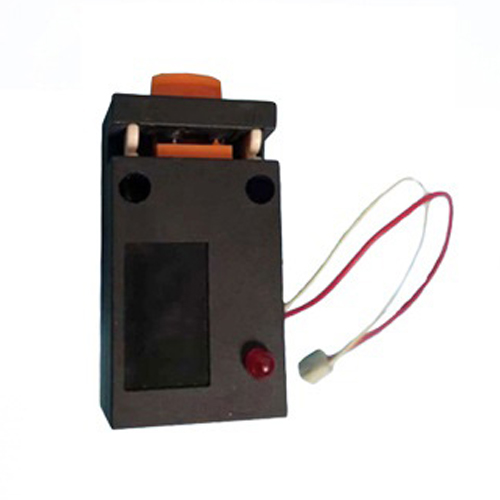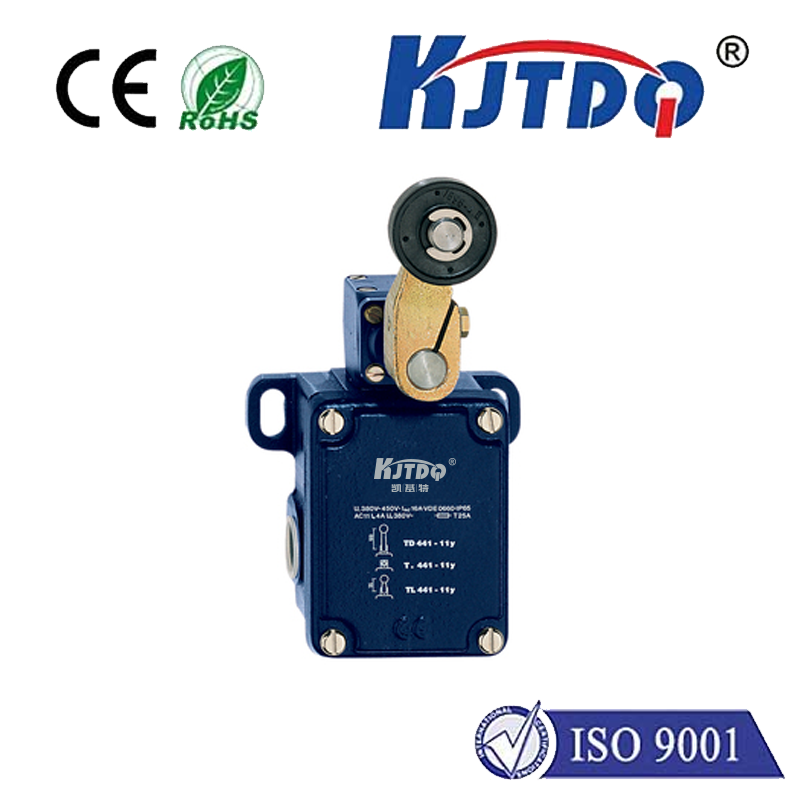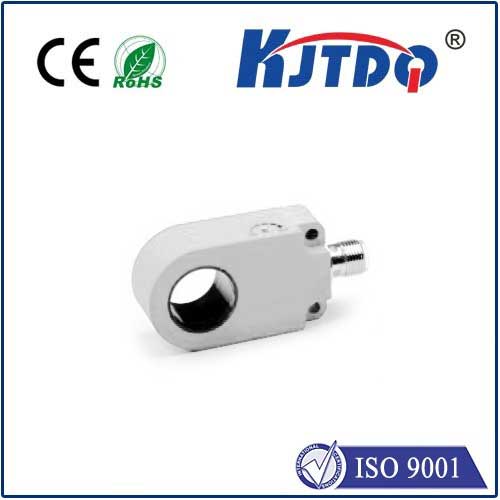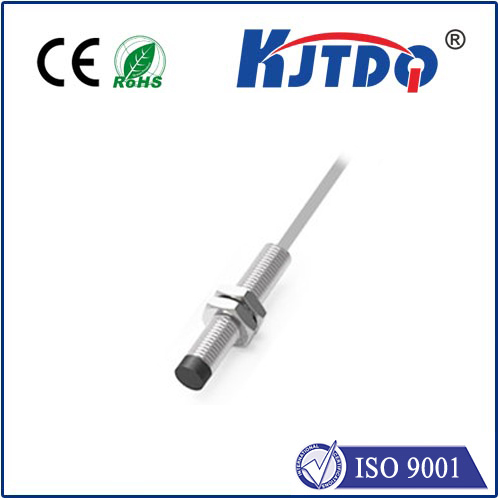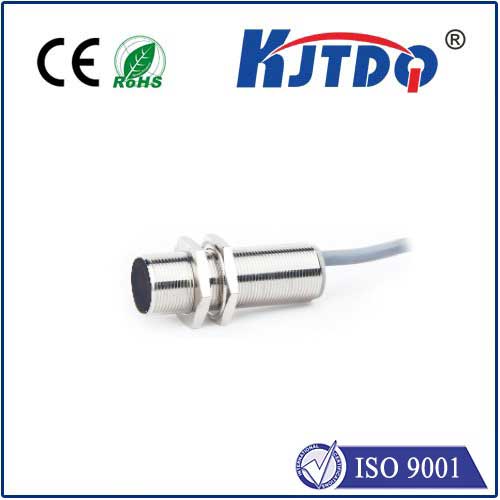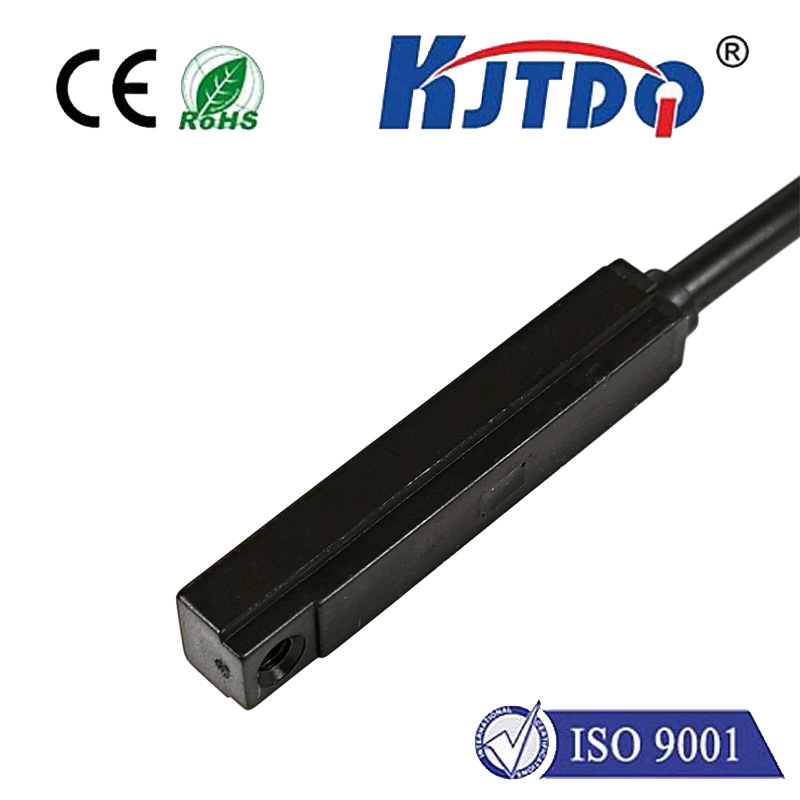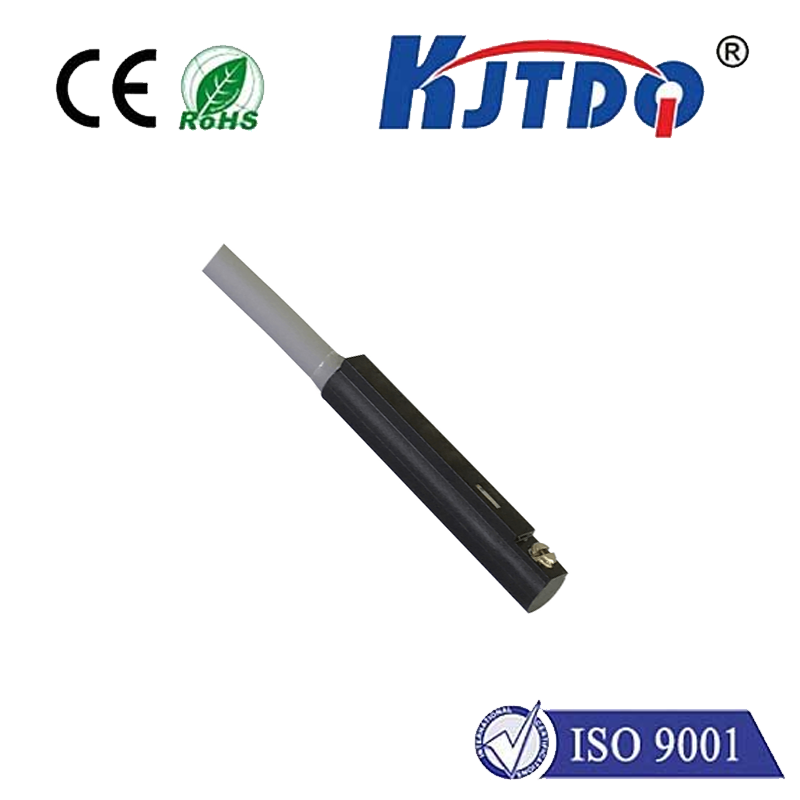

check

check

check

check

check

check

check

check

check

check
As technology continues to advance, so do the devices we use in our daily lives. One such innovation is the non-contact proximity switch, which has rapidly gained popularity due to its numerous advantages and versatile applications. In this article, we will delve into the world of non-contact proximity switches, exploring their technology, benefits, and various use cases.
Section 1: Introduction to Non-Contact Proximity Switches
Non-contact proximity switches are electronic devices that detect and respond to the presence or absence of an object without physical contact. They work by utilizing a technique called electromagnetic induction, which involves sending a small electrical current through a coil and measuring the amount of current that flows back to the switch. This current is proportional to the distance between the switch and the object.
Section 2: The Technology Behind Non-Contact Proximity Switches
Non-contact proximity switches utilize a variety of technologies, including infrared (IR) sensors, ultrasonic sensors, and laser sensors. Each technology has its own unique advantages and disadvantages, such as range, accuracy, and speed. IR sensors are commonly used for short-range applications, while ultrasonic sensors can detect objects from greater distances. Laser sensors offer high-resolution detection but are more expensive and less common.
Section 3: Benefits of Non-Contact Proximity Switches
Non-contact proximity switches offer several advantages over traditional mechanical switches, including:
1. No physical contact: There is no need for physical contact between the switch and the object, making them ideal for applications where cleanliness or hygiene are critical.
2. Easy installation: Non-contact proximity switches can be mounted in a variety of positions, making them flexible and adaptable.
3. High accuracy: Non-contact proximity switches can accurately detect the presence or absence of an object within a specific range, even in challenging environments.
4. Long battery life: Most non-contact proximity switches have long battery lives, reducing the need for frequent replacements.
5. Cost-effective: Non-contact proximity switches are generally less expensive than other types of switches, making them an attractive option for many applications.
Section 4: Applications of Non-Contact Proximity Switches
Non-contact proximity switches find applications in various industries, including:
1. Automation and control systems: Non-contact proximity switches are used to control the movement of machines and devices in industrial settings. They can be used to start and stop motors, open and close valves, or control other electronic components based on the presence or absence of an object.
2. Access control systems: Non-contact proximity switches are used in access control systems to determine who has access to a building or facility. They can be programmed to allow authorized personnel to enter only when they approach a designated sensor.
3. Home automation: Non-contact proximity switches can be used for home automation tasks such as turning lights on or off based on motion detected by a sensor. They can also be used to control appliances like washing machines or refrigerators when they are approached by a person.
4. Medical devices: Non-contact proximity switches are used in medical devices such as pacemakers and insulin pumps to monitor patient activity and provide feedback to healthcare providers.
5. Security systems: Non-contact proximity switches can be used in security systems to detect intruders or unauthorized persons entering a building. They can trigger alarms or send notifications to security personnel when an object enters a designated area.
